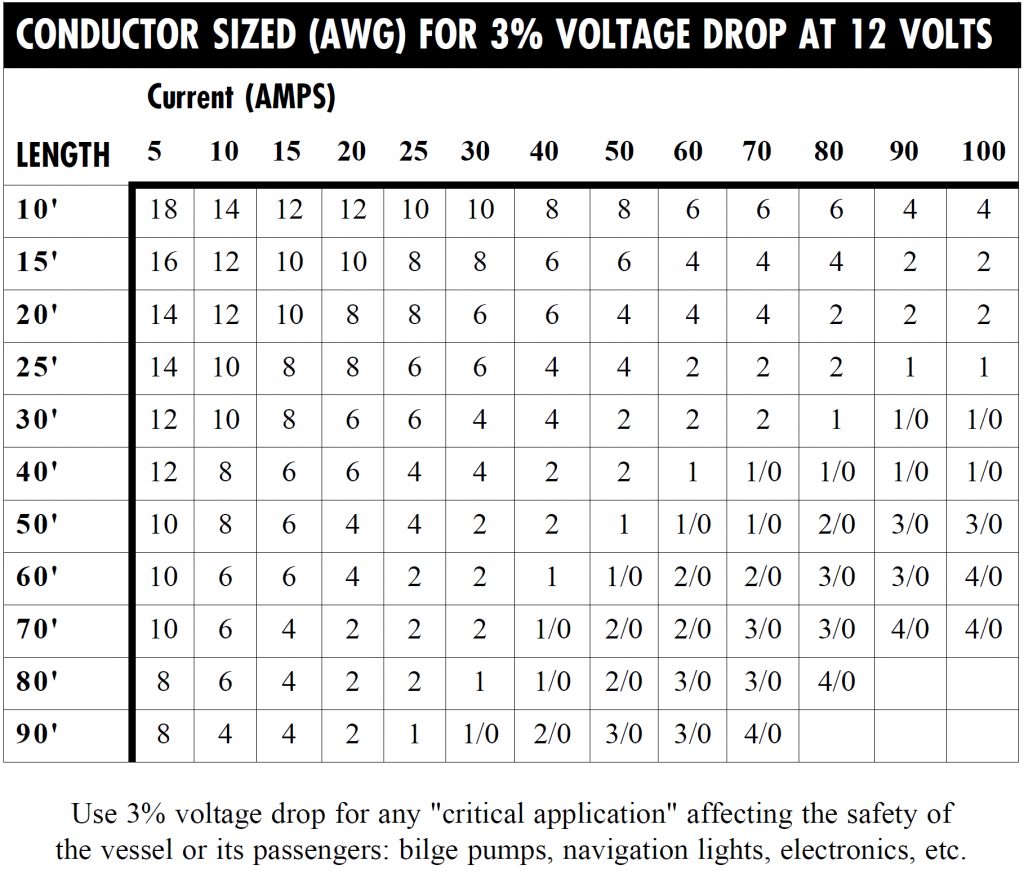Your transceiver will be shipped with a red and black power cord. This is your 12-volt connection, and it is fused.
A 150-watt marine single sideband transceiver can draw over 30 amps on voice peaks. It’s only when you talk that current is consumed in these proportions so don’t worry, it’s not 30 amps continuous out of your battery when the mic button is pressed down!
It’s recommended to hook up your 12-volt connections directly to your ship’s battery system. This allows you to stay on the air in case of a malfunction of your electrical panel. This is when you may need your set the most.
If you have some hefty 12-volt wires leading from your battery compartment to your fuse panel, a second choice would be to go ahead and make your connection at the instrument panel. Clip off large amounts of extra power cable, but always leave enough coiled up behind the radio so you can pull it from its mount with enough cable to work on the set turned on.
Route your power cable along the same track as your RF ground foil. Watch out for those sharp edges so that they don’t nick the cable. Don’t even think about using the RF ground foil as the black side of the power cable—these are two separate “ground” systems. One is for 12 volts DC and the other is for radio frequencies!
Use wire lugs to attach the cable to the terminal strip. The radio power lead is already fused, you do not necessarily need to go through an external circuit breaker; you can if you want, but that adds one more “weak link” in your power cable assembly.
TIP!
If you run the power cable to your battery system, choose a battery that is less apt to fail in an emergency. It you have a separate battery that is located above the water line, choose it in case of flooding. Just as soon as seawater covers your batteries, you are off the air—just when you wish you were on.
If you need to extend the wires supplied by the factory, see the wire table below. Make certain that any splices are well soldered and are protected from the salt environment. Soldering with radio solder is the preferred method. Measure the distance from the battery to the radio and back to the battery.
